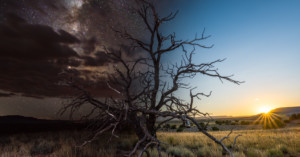
How I Capture Striking Time-Blended Astrolandscapes, and You Can Too
My name is Paul Schmit, and today I want to describe to you the journey that led to the time-blended astrolandscape you see above.

My name is Paul Schmit, and today I want to describe to you the journey that led to the time-blended astrolandscape you see above.
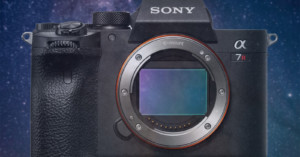
If you were hoping that Sony had finally completely removed the spacial filtering that causes its high-resolution a7R cameras to "eat stars," you're going to be disappointed. According to Jim Kasson, the Sony a7R IV eats stars to about the same degree as the a7R III.
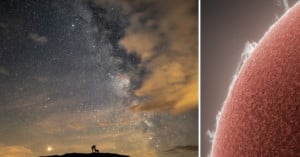
The Royal Observatory Greenwich has revealed the winners of the prestigious Insight Investment Astronomy Photographer of the Year 2019 competition, and as always, the winning images are spectacular.
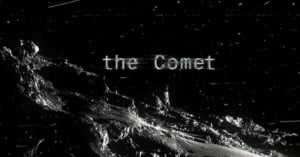
From 2014 to 2016, the European Space Agency's Rosetta spacecraft followed the comet Churyumov-Gerasimenko (67p) around space: collecting scientific data, sending a probe to its surface, and capturing some 400,000 photographs of the comet. This cinematic video was made from those photos.
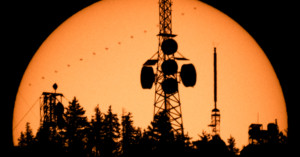
Two days ago, photographer Paul Schmit captured what he's calling "the most difficult and technical astrolandscape shot I've ever planned and executed." It's an incredible shot, showing the ISS transiting the sunrise in front of some picturesque radio towers atop a mountain peak. This photo was weeks in the making, but Schmit tells PetaPixel he almost missed it.
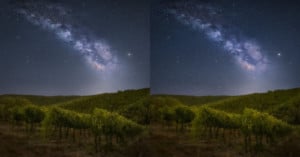
Let's say I would like to enhance the stars in this Milky Way landscape photo. I could load the image into Camera Raw and add some Clarity at the risk of adding noise and artifacts to the night sky. Another way of doing it could be to use “Select Color Range” combined with a curves or levels adjustment. However, I often find that these methods don't yield satisfactory results.

Did you know that you can capture clearer photos of planets by using a red filter? Photographer Andrew McCarthy captured this view of Saturn from his backyard in Sacramento by doing just that.
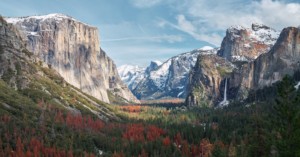
Designer and engineer Jordan Vincent has created a set of data visualizations (read: creative infographics) that landscape photographers might find invaluable. Using visitor data from all of the most popular US National Parks, he was able to plot attendance by type of lodging, time of year, and average temperature.
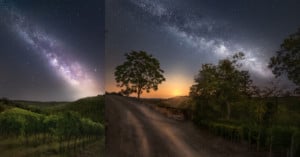
Arlington, Texas, was long in the lead to become my family's vacation destination this summer. But sometime in May, we decided that we wanted to revisit Italy. Last time we didn’t make it to Tuscany, so there was no doubt that it would be the area to stay and explore.

Every mind-blowing deep space photograph captured by the Hubble space telescope that you've ever seen started out black-and-white. So how do we get those amazing technicolor images of the Pillars of Creation or the Bubble Nebula? This short video explains how scientists manage this feat.
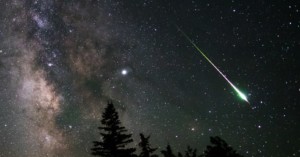
Time-lapse photographer Matthew Vandeputte recently captured something truly awesome. While he was sleeping soundly in a cabin somewhere in Utah, the camera he set up earlier that evening captured the moment when a meteor entered the atmosphere and exploded, leaving behind a green trail of dust and ionized gas.
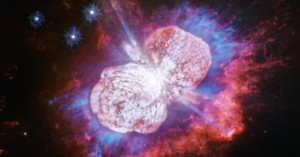
As photographers in the US are gearing up to capture photos of 4th of July fireworks, NASA has released a gorgeous "fireworks" photo of its own. It's a shot of a "the galaxy's biggest ongoing stellar fireworks show" that started 170 years ago.
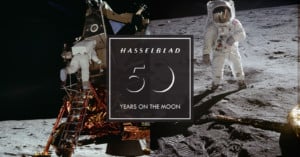
This month, Hasselblad is celebrating the 50th anniversary of becoming "the first camera on the moon." And in addition to sharing some beautiful photos taken of and with the iconic Hasselblad Data Camera (HDC) and Hasselblad Electric Camera (HEC) used on the moon, they also shared a bit of fascinating history: their original moon landing press release from 1969.
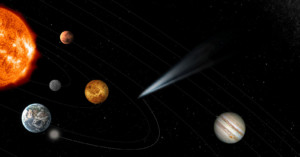
The European Space Agency (ESA) has announced a new mission that will have the goal of intercepting a comet with a special composite spacecraft in order to shoot photos of it.
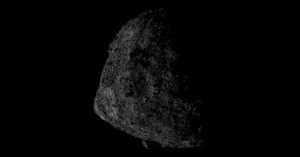
After photographing Earth and the Moon from 71 million miles away back in January, NASA’s OSIRIS-REx spacecraft is back again with a new photo of its target asteroid, Bennu, shot from an incredibly close distance of just 0.4 miles (690m) away.
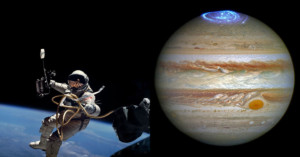
NASA revamped its Image and Video Library website in 2017 to make a massive trove of free imagery available to the public in high resolution. Here's a look at 20 of the most popular shots in NASA's photo collection.
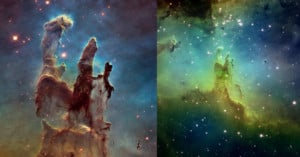
Pillars of Creation is a famous photo of the Eagle Nebula captured by NASA's Hubble Space Telescope. Photographer Andrew McCarthy recently captured his own version of the photo from his own backyard in Sacramento, California.
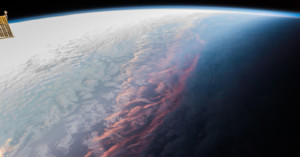
ESA astronaut Alexander Gerst shot this photo from the International Space Station showing what a sunset on Earth looks like from high above in space.

If you were shooting astrophotography over the past couple of nights and noticed a strange line of bright dots traveling across the sky, you might have spotted SpaceX's Starlink satellites. That's what Marco Langbroek caught on camera yesterday in the video above.
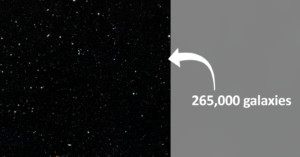
NASA astronomers have created an ultimate stitched panorama of galaxies in the night sky using 7,500 individual photos shot through 16 years' worth of exposures using the Hubble Space Telescope. It's called the Hubble Legacy Field.
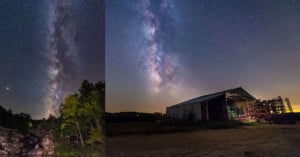
Living in St. Louis almost my entire life, I was lead to believe the lights of the bustling city were too bright to make seeing stars anywhere nearby impossible. As I grew older and started getting serious about photography, I realized that was correct... kinda.
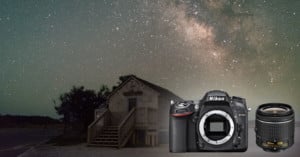
Can you shoot Milky Way photos using an entry-level crop-sensor DSLR and a basic kit lens? Yes, you can, but there are some tips, tricks, and techniques you can use to improve your results. Photographer Michael Ver Sprill (AKA Milky Way Mike) made this 16-minute video tutorial as a basic guide to doing this.
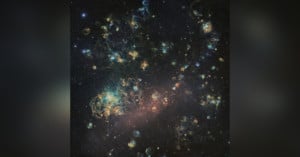
A team of five French amateur astrophotographers has captured a gorgeous 204-megapixel, 1,060-hour photo of the Large Magellanic Cloud.
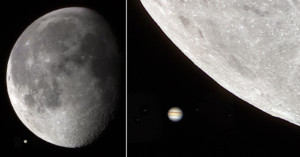
Jupiter and the Moon were in conjunction this week, appearing close together in the night sky. The event led astrophotography enthusiast Rami Ammoun to create this composite photo showing the relative sizes of the two celestial objects in the sky as seen from Earth.
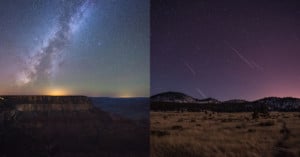
Due to the rapid growth in population, an increasing percentage of the human population lives in cities and suburbs where the night sky is completely obscured by the artificial lights. Skylines littered with lit skyscrapers reach sky high. An endless river of traffic flashing high beams. And the cities are ever-expanding. It is conceivable that most people have lived without having seen the true natural night sky.

McWay Falls has been a tourist destination for longer than many of us even heard of the place, but it wasn't until 2012 that photographer Steven Christenson really "discovered" the potential of the site at night. Nestled in the rugged and gorgeous part of the California coast better known as Big Sur, McWay Falls enjoys extremely dark skies.
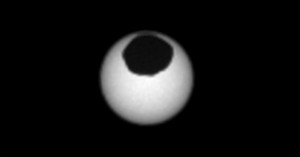
Photographers have captured many awe-inspiring photos of solar eclipses in recent years. But Earth isn't the only planet photos are being shot from: NASA's Curiosity rover has captured some beautiful solar eclipse photos over the past few weeks from the surface of Mars.
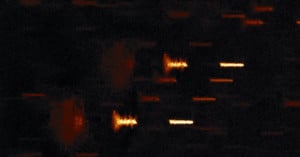
During an earthquake, a camera capturing a long exposure of the night sky can capture star trails as seismograms that records the motion of the ground.

This guide will be a walkthrough of the basics of Milky Way photography. It is best for beginners, but even intermediate and expert photographers might find something new! Plus, I always find it never hurts to refresh yourself on the basics.
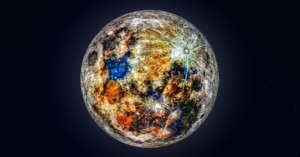
Sacramento-based astrophotography enthusiast Andrew McCarthy extracted color data from 150,000 photos of the moon to create this enhanced photo showing all the different splashes of color on the surface left by impacts of different minerals.